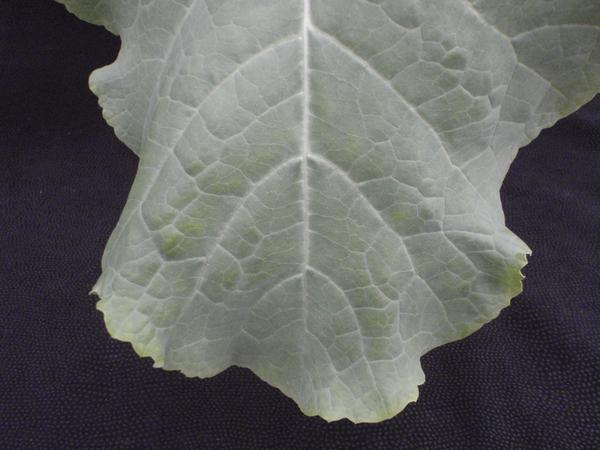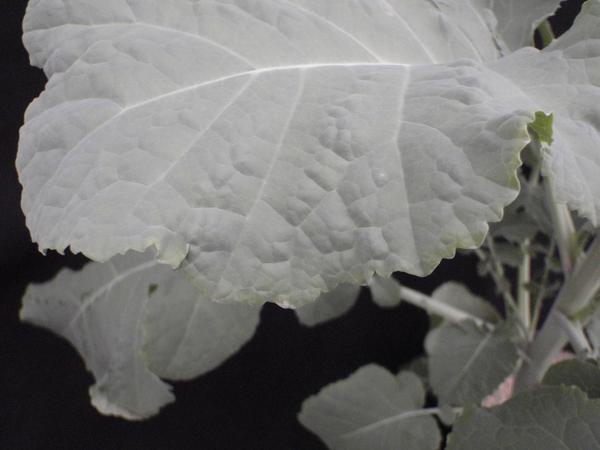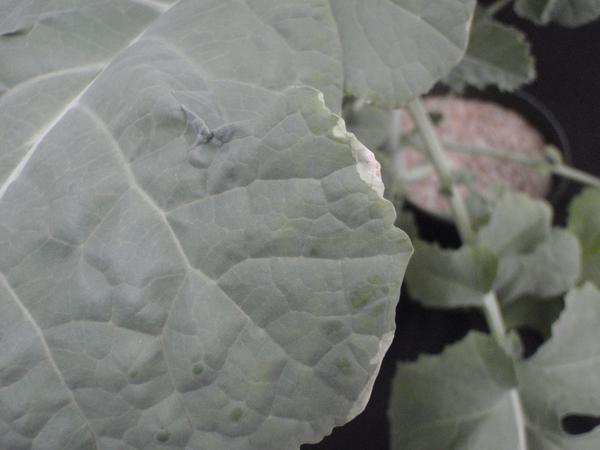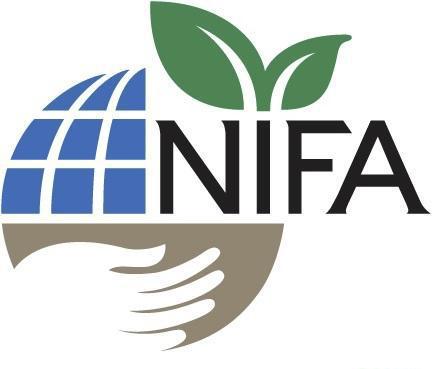From the Field - Agronomy Notes
In this Brassica carinata (Ethiopian mustard) research update, we highlight the symptoms of boron toxicity. These images are part of a project by the Southeast Partnership for Advanced Renewables from Carinata (SPARC) to develop a diagnostic series for the identification of nutrient disorders of Carinata. Carinata is an exciting new crop in the Southeast used for a wide variety of primary and secondary agricultural products including cover crops, feedstock, high protein meal, and jet fuel. It is similar in management to canola given both canola and carinata are winter annual Brassica oilseed crops. However, carinata oil is not edible.
Symptoms
Each crop has specific sufficiency ranges for both macro and micro nutrient ranges. These values vary widely among crops, and ideal tissue nutrient ranges have been established for many crops. If this ideal zone is exceeded, a nutrient toxicity can result.
Boron is essential for cell division and elongation, sugar translocation, and pollination. The range between deficient and toxic levels of boron (B) is small for most crops, although carinata, like most Brassicas, has relatively high B requirements. If B supply is excessive, however, decreased production will result. Excessive B can show up as leaf tip chlorosis and necrosis due to the interference with cell elongation in meristematic regions, but it’s role during reproductive growth is critical for seed formation. There is evidence of limited B mobility in canola, resulting in concentration gradients throughout the plant.
Boron toxicity was slow to manifest symptoms over the course of our first experiment. As such, only initial symptomology is reported here. In follow up experiments, additional images will be captured along with the threshold value at which point symptomology is observed.
Boron toxicity first manifests on the lower foliage as a general yellowing of the leaf margin (Figure 1). This yellowing will expand up and around the leaf margin resulting in a halo effect around the leaf. As toxic conditions progress, the leaf can undergo some level of distortion (Figure 2). The next stage of boron toxicity results in the yellowing margin becoming necrotic (Figure 3). In advanced stages, the leaf margin will become totally necrotic giving the leaf a “burnt” look. To ensure proper diagnosis the above material should be used in conjunction with a leaf tissue sample and / or field test.
Key Contacts
Key Contact Central East:
Dr. Angela Post, Department of Crop and Soil Science – angela_post@ncsu.edu
Dr. Carl Crozier, Department of Crop and Soil Science – ccrozier@ncsu.edu
Key Contact South East:
Dr. Michael Mulvaney, UF/IFAS West Florida Research and Education Center– m.mulvaney@ufl.edu
Primary Authors: Paul Cockson, Dr. Carl Crozier, Dr. Ramon Leon, Dr. Michael Mulvaney, Dr. Angela Post, and Dr. Brian E. Whipker
Project Team: NC State Univ. personnel Paul Cockson (NC State B.S. student in Agroecology), Ingram McCall (Research Technician in Horticultural Science at NC State), Dr. Carl Crozier (Professor and Extension Specialist at NC State), Dr. Ramon Leon (Assistant Professor at NC State), Dr. Angela Post (Assistant Professor and Extension Specialist NC State), and Dr. Brian Whipker (Professor of Floriculture and Plant Nutrition in Horticultural Science at NC State). Univ. of Florida personnel Dr. Michael Mulvaney (Cropping Systems Specialist at UF/IFAS West Florida Research and Education Center.
Publication date: Jan. 1, 2021
N.C. Cooperative Extension prohibits discrimination and harassment regardless of age, color, disability, family and marital status, gender identity, national origin, political beliefs, race, religion, sex (including pregnancy), sexual orientation and veteran status.






